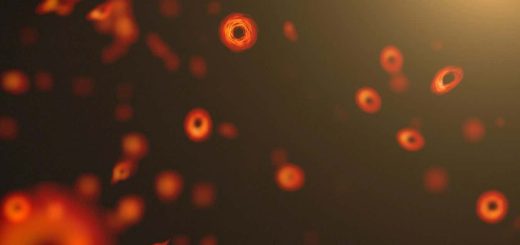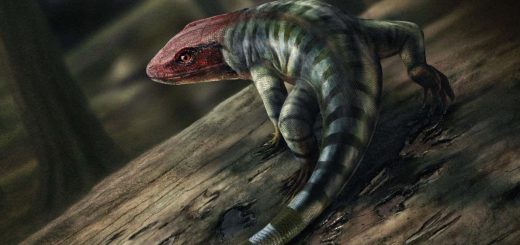Man who sees upside down provides clues on how we process faces
A man with a condition that has rotated his head backwards can identify upright and inverted faces with similar accuracy, suggesting that facial processing skills are based on experience and evolutionary factors
By Grace Wade
22 September 2023
Claudio Oliveira was born with a joint condition that restricted the range of motion in the joints of his neck
Brad Duchaine
Claudio Oliveira, a 42-year-old whose head has been in an upside-down orientation since birth because of a medical condition, has provided us with new insights into the way the human brain processes faces. Unlike most people, he shows similar levels of accuracy when asked to identify faces in images regardless of whether they are shown upright or inverted. This suggests that the way we recognise faces is due to experiential as well as evolutionary factors.
Humans are typically much worse at processing information in faces that are presented upside down rather than right-side up. This phenomenon is known as the face inversion effect. “This affects almost every aspect of face perception – identity, reading people’s facial expressions, deciding whether somebody’s attractive,” says Brad Duchaine at Dartmouth College in New Hampshire.
Why humans are often better with upright faces than inverted ones is unclear. One idea is that we are exposed to more upright faces in our daily lives. Another is that our visual system has evolved to process faces with the same orientation as ours. To discern which idea is correct, Duchaine and his colleagues worked with Oliveira and 22 people who typically hold their heads upright to test facial perception skills.
Advertisement
Read more
When nature gives people the 'ick'
Oliveira was born with a joint condition called arthrogryposis multiplex congenita, which restricts range of motion in multiple joints. As a result, fixed joints in his neck have caused his head to be permanently rotated backwards between his shoulder blades. Thus, most faces he encounters are held in a mismatched orientation to his. However, this hasn’t stopped him reading, writing or navigating the world; he works as a tax accountant.
The researchers wanted to know if Oliveira identifies upright faces better than inverted ones. If so, it would suggest facial perception is based on experience, given that most faces he encounters are upright. If, however, Oliveira identifies inverted faces most easily, it would offer evidence that facial perception skills arise from an evolved mechanism that allows us to better process faces in the same orientation as our own.


